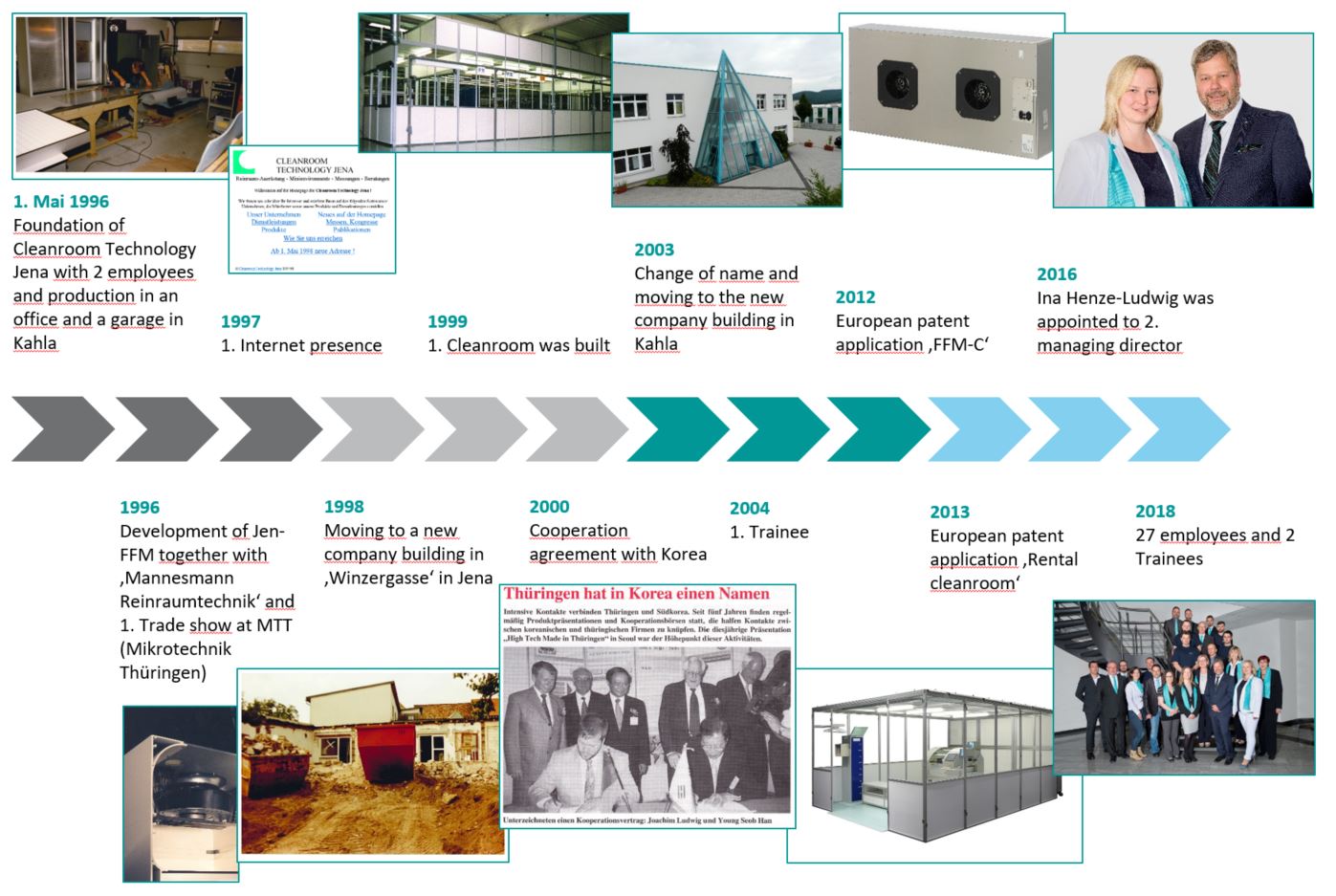

RNA-Seq began to increase in popularity after 2008 when new Solexa/Illumina technologies (San Diego, CA) allowed 10 9 transcript sequences to be recorded. This was sufficient coverage to quantify relative transcript abundance. The earliest RNA-Seq work was published in 2006 with 10 5 transcripts sequenced using the 454 technology.
#Technology sequence analysis series
Massively parallel signature sequencing (MPSS) was an early example based on generating 16–20 bp sequences via a complex series of hybridisations and was used in 2004 to validate the expression of 10 4 genes in Arabidopsis thaliana. The technique has therefore been heavily influenced by the development of high-throughput sequencing technologies. RNA-Seq refers to the sequencing of transcript cDNAs, in which abundance is derived from the number of counts from each transcript. Advances in fluorescence detection increased the sensitivity and measurement accuracy for low abundance transcripts. Advances in design and manufacture of arrays improved the specificity of probes and allowed for more genes to be tested on a single array. Over this period, a range of microarrays were produced to cover known genes in model or economically important organisms. Both spotted oligonucleotide arrays and Affymetrix (Santa Clara, California) high-density arrays were the method of choice for transcriptional profiling until the late 2000s. Microarray technology allowed the assay of thousands of transcripts simultaneously at a greatly reduced cost per gene and labour saving. Microarrays that measure the abundances of a defined set of transcripts via their hybridisation to an array of complementary probes were first published in 1995. The dominant contemporary techniques, microarrays and RNA-Seq, were developed in the mid-1990s and 2000s. Consequently, the manner in which a transcriptome as a whole is expressed and regulated remained unknown until higher-throughput techniques were developed. Quantification of individual transcripts by northern blotting, nylon membrane arrays, and later reverse transcriptase quantitative PCR (RT-qPCR) were also popular, but these methods are laborious and can only capture a tiny subsection of a transcriptome. ESTs came to prominence during the 1990s as an efficient method to determine the gene content of an organism without sequencing the entire genome. The Sanger method of sequencing was predominant until the advent of high-throughput methods such as sequencing by synthesis (Solexa/Illumina, San Diego, CA).

In the 1980s, low-throughput Sanger sequencing began to be used to sequence random individual transcripts from these libraries, called expressed sequence tags (ESTs). Libraries of silkmoth mRNAs were collected and converted to complementary DNA (cDNA) for storage using reverse transcriptase in the late 1970s. Studies of individual transcripts were being performed several decades before any transcriptomics approaches were available. An analysis of gene expression in its entirety allows detection of broad coordinated trends which cannot be discerned by more targeted assays. Transcriptomic analysis has enabled the study of how gene expression changes in different organisms and has been instrumental in the understanding of human disease. It can also help to infer the functions of previously unannotated genes. Measuring the expression of an organism’s genes in different tissues, conditions, or time points gives information on how genes are regulated and reveals details of an organism’s biology. There are two key contemporary techniques in the field: microarrays, which quantify a set of predetermined sequences, and RNA sequencing ( RNA-Seq), which uses high-throughput sequencing to capture all sequences. Transcriptomics has been defined by repeated technological innovations that transform the field. The first attempts to study the whole transcriptome began in the early 1990s, and technological advances since the late 1990s have made transcriptomics a widespread discipline. A transcriptome captures a snapshot in time of the total transcripts present in a cell. Here, mRNA serves as a transient intermediary molecule in the information network, whilst noncoding RNAs perform additional diverse functions. The information content of an organism is recorded in the DNA of its genome and expressed through transcription.


Transcriptomics technologies are the techniques used to study an organism’s transcriptome, the sum of all of its RNA transcripts.


 0 kommentar(er)
0 kommentar(er)
